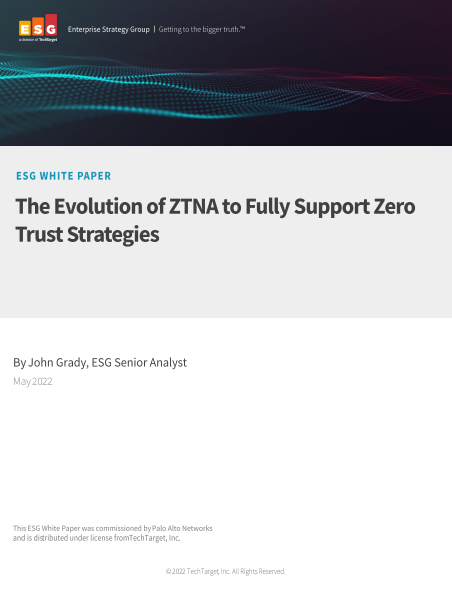
The Evolution of ZTNA to Fully Support Zero Trust Strategies

Zero trust network access (ZTNA) proved to be an important technology initiative during the pandemic, allowing organization to empower remote workers by offering solutions that provided imorovements in security, manageability, and scalability as opposed to using their existing virtual private network alone. The transition to remote a d hybrid work has had an ongoing and profound impact -not only on where we work, but also on how work gets done. Now, work is no longer a place we go, but more of an activity we perform. As businesses have adjusted to this new model of hybrid work, with user and applications being anywhere and applications being anywhere and everywhere, the teams responsible for IT, networking and security are facing new chanllenges in the form of a massibely increased attack surface due to direct-to-app connectivity.
Organizations have a deployed ZTNA solutions as a way to try and get a handle on this trend by modernizing infrastructure to deliver needed networking and security capabilities in a cloud -delivered services edge-thus facilitating direct-to-app connectivity as close to the user and app as possible. However, first-generation/ZTNA 1.0 solutions fall short in many ways on delivering on the promise of true zero trust. In fact, they grant more access than is desired. What’s more, once access is granted in ZTNA 1.0 solutions, the connection is implidtly trusted forever,allowing a handy exploit route for sophisticated threats and/or malicious actions and behavior.